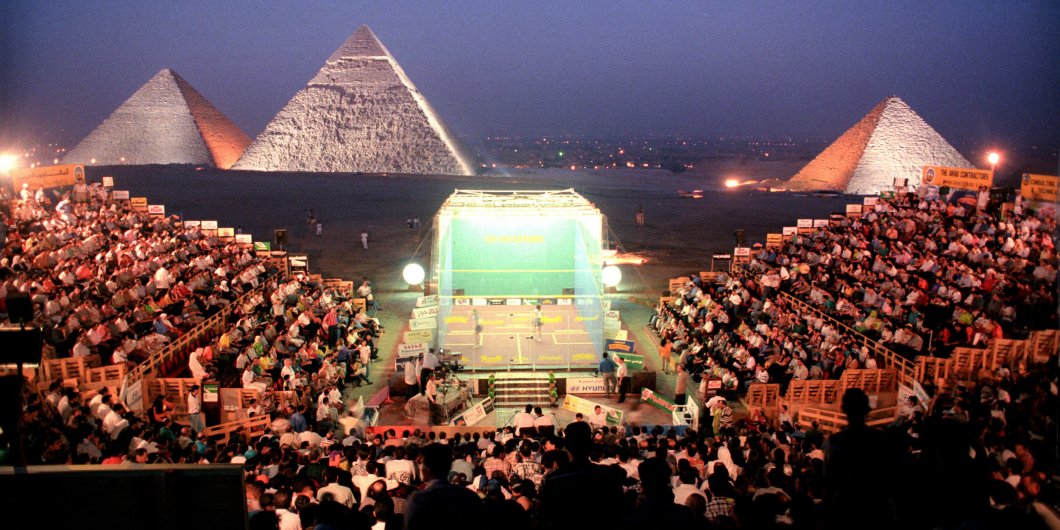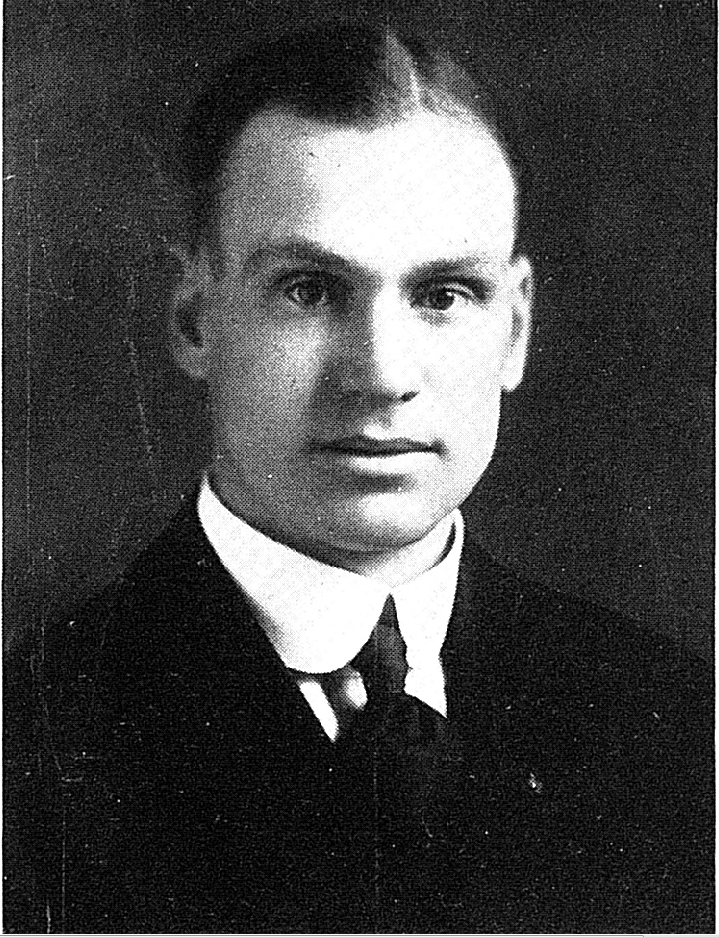|
Langille Athletic Centre
The Langille Athletic Centre, otherwise known as the LAC, is the campus athletic centre/gym for Dalhousie's Agricultural College. It is located at 20 Cumming Drive, Bible Hill, NS. The facility is the hub for athletics on campus, as well as hosts exams and convocation every year. Athletics are an integral part of college life which the campus serves through the Langille Athletic Centre. History The Langille Athletic Center was completed in 1977 by Robert J. Flinn (1928-2018) of Halifax and the Robert J. Flinn Design Group. The building is faced with insulated precast concrete panels of aggregate rock which are attached to the walls as exterior cladding. A unique design feature are the two 5' diameter circular bubble windows or plexiglass domes on the northeast facade. These include a 3" deep, 45 degree recessed aluminum frame which prevent water damage and create shadows on the building. These two clear domes are repeated and contrasted in the two circular black ducts on the op ... [...More Info...] [...Related Items...] OR: [Wikipedia] [Google] [Baidu] |
Langille Athletic Centre
The Langille Athletic Centre, otherwise known as the LAC, is the campus athletic centre/gym for Dalhousie's Agricultural College. It is located at 20 Cumming Drive, Bible Hill, NS. The facility is the hub for athletics on campus, as well as hosts exams and convocation every year. Athletics are an integral part of college life which the campus serves through the Langille Athletic Centre. History The Langille Athletic Center was completed in 1977 by Robert J. Flinn (1928-2018) of Halifax and the Robert J. Flinn Design Group. The building is faced with insulated precast concrete panels of aggregate rock which are attached to the walls as exterior cladding. A unique design feature are the two 5' diameter circular bubble windows or plexiglass domes on the northeast facade. These include a 3" deep, 45 degree recessed aluminum frame which prevent water damage and create shadows on the building. These two clear domes are repeated and contrasted in the two circular black ducts on the op ... [...More Info...] [...Related Items...] OR: [Wikipedia] [Google] [Baidu] |
Dalhousie University Faculty Of Agriculture
The Faculty of Agriculture at Dalhousie University is a Canadian agricultural college and faculty of Dalhousie University located in Bible Hill, Nova Scotia. The Faculty of Agriculture offers the only university level programs in agriculture in Atlantic Canada. Founded 14 February 1905 as the Nova Scotia Agricultural College within the Nova Scotia Department of Agriculture, it merged with Dalhousie University on 1 September 2012. The campus is referred to as Dalhousie University's "Agricultural Campus" or by its popular sports nickname of "Dal AC" or simply the "AC." History The Faculty of Agriculture was officially founded on 1 September 2012 with the merger of the Nova Scotia Agricultural College (NSAC) into Dalhousie University. The Faculty of Agriculture traces its history to The School of Agriculture, founded in 1885 and located in Truro, as well as The School of Horticulture, founded in 1893 and located in Wolfville. These two institutions merged on 14 February 1905 to for ... [...More Info...] [...Related Items...] OR: [Wikipedia] [Google] [Baidu] |
Pickleball
Pickleball is an indoor or outdoor racket/paddle sport where two players (singles), or four players (doubles), hit a perforated hollow polymer ball over a net using solid-faced paddles. Opponents on either side of the net hit the ball back and forth until one side commits a rule infraction. Pickleball was invented in 1965 as a children's backyard game on Bainbridge Island, Washington, USA. In 2022, pickleball was adopted as the official state sport of Washington. The appearance of a pickleball court, and the manner of play, resemble tennis, but the court is the size of a doubles badminton court, less than a third the size of a tennis court. Court lines and rules are specific to pickleball and include two on either side of the net known as the ''non-volley zones'', where the ball cannot be hit with the paddle unless the ball bounces first. The official rules specify side-out scoring, where only the serving team can score a point. All serves are made with an underhand stroke. T ... [...More Info...] [...Related Items...] OR: [Wikipedia] [Google] [Baidu] |
Plyometrics
Plyometrics, also known as jump training or plyos, are exercises in which muscles exert maximum force in short intervals of time, with the goal of increasing power (speed-strength). This training focuses on learning to move from a muscle extension to a contraction in a rapid or "explosive" manner, such as in specialized repeated jumping. Plyometrics are primarily used by athletes, especially martial artists, sprinters and high jumpers, to improve performance, and are used in the fitness field to a much lesser degree. Overview Plyometrics include explosive exercises to activate the quick response and elastic properties of the major muscles. It was initially adopted by Soviet Olympians in the 1950s, and then by sportspeople worldwide. Sports using plyometrics include basketball, tennis, badminton, squash and volleyball as well as the various codes of football. The term "plyometrics" was coined by Fred Wilt after watching Soviet athletes prepare for their events in track and fiel ... [...More Info...] [...Related Items...] OR: [Wikipedia] [Google] [Baidu] |
Calisthenics
Calisthenics (American English) or callisthenics (British English) ( /ˌkælɪsˈθɛnɪks/) is a form of strength training consisting of a variety of movements that exercise large muscle groups (gross motor movements), such as standing, grasping, pushing, etc. These exercises are often performed rhythmically and with minimal equipment, as bodyweight exercises. They are intended to increase strength, fitness, and flexibility, through movements such as pulling, pushing, bending, jumping, or swinging, using one's body weight for resistance. Calisthenics can provide the benefits of muscular and aerobic conditioning, in addition to improving psychomotor skills such as balance, agility, and coordination. Urban calisthenics is a form of street workout; calisthenics groups perform exercise routines in urban areas. Individuals and groups train to perform advanced calisthenics skills such as muscle-ups, levers, and various freestyle moves such as spins and flips. Sports teams and mili ... [...More Info...] [...Related Items...] OR: [Wikipedia] [Google] [Baidu] |
Squash (sport)
Squash is a racket-and- ball sport played by two or four players in a four-walled court with a small, hollow, rubber ball. The players alternate in striking the ball with their rackets onto the playable surfaces of the four walls of the court. The objective of the game is to hit the ball in such a way that the opponent is not able to play a valid return. There are about 20 million people who play squash regularly world-wide in over 185 countries. The governing body of Squash, the World Squash Federation (WSF), is recognized by the International Olympic Committee (IOC), but the sport is not part of the Olympic Games, despite a number of applications. Supporters continue to lobby for its incorporation in a future Olympic program. The Professional Squash Association (PSA) organizes the pro tour. History Squash has its origins in the older game of rackets which was played in London's prisons in the 19th century. Later, around 1830, boys at Harrow School noticed that a punctured b ... [...More Info...] [...Related Items...] OR: [Wikipedia] [Google] [Baidu] |
Racquetball
Racquetball is a racquet sport and a team sport played with a hollow rubber ball on an indoor or outdoor court. Joseph Sobek invented the modern sport of racquetball in 1950, adding a stringed racquet to paddleball in order to increase velocity and control. Unlike most racquet sports, such as tennis and badminton, there is no net to hit the ball over, and, unlike squash, no tin (out of bounds area at the bottom of front wall) to hit the ball above. Also, the court's walls, floor, and ceiling are legal playing surfaces, with the exception of court-specific designated hinders being out-of-bounds. Racquetball is played between various players on a team who try to bounce the ball with the racquet onto the ground so it hits the wall, so that an opposing team’s player cannot bounce it back to the wall. The sport is very similar to 40×20 American handball, which is played in many countries. It is also very similar to the British sport Squash 57, which was called racketball befo ... [...More Info...] [...Related Items...] OR: [Wikipedia] [Google] [Baidu] |
Intramural Sports
Intramural sports are recreational sports organized within a particular institution, usually an educational institution, or a set geographic region. The term, which is chiefly North American, derives from the Latin words ''intra muros'' meaning "within walls", and was used to describe sports matches and contests that took place among teams from "within the walls" of an institution or area. The term dates to the 1840s. It is contrasted with extramural, varsity or intercollegiate sports, which are played between teams from different educational institutions. The word intermural, which also correctly means "between institutions", is a common error for "intramural". History The first intramural sports departments were established at Ohio State University and the University of Michigan in 1913. Elmer Mitchell, a graduate student, at the time, was named the first Director of Intramural Sports at the University of Michigan in 1919 and the first recreational sports facility in the count ... [...More Info...] [...Related Items...] OR: [Wikipedia] [Google] [Baidu] |







